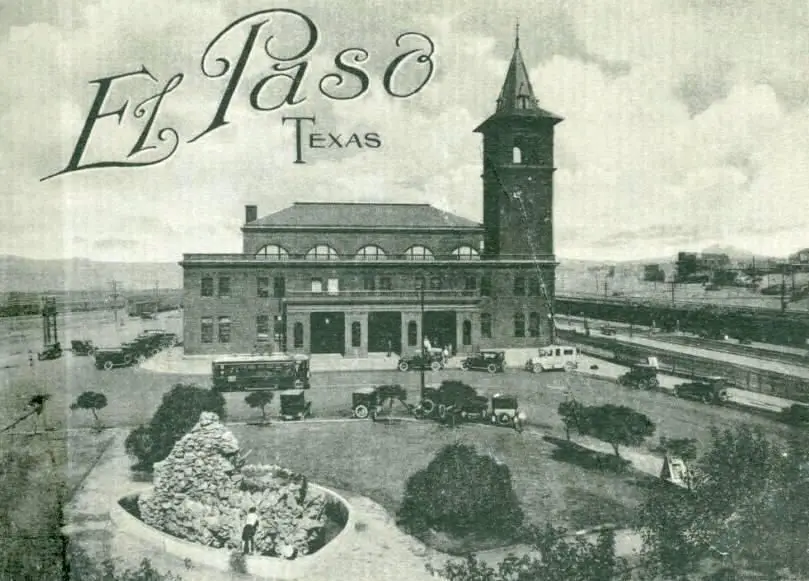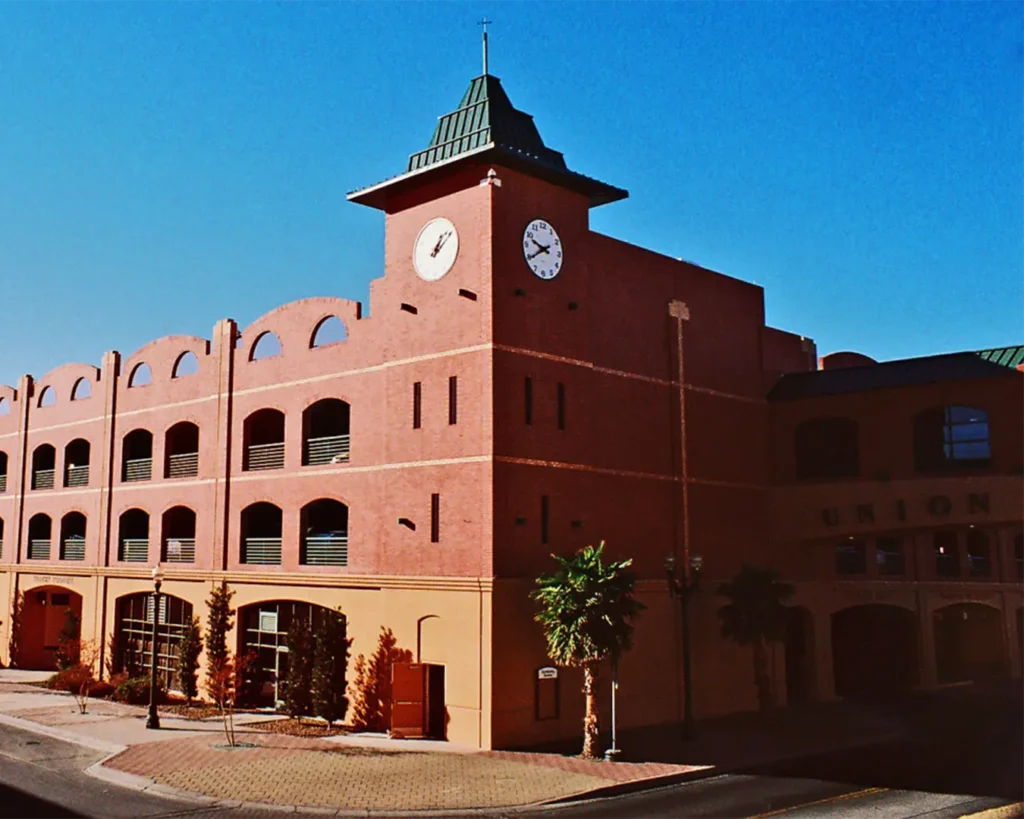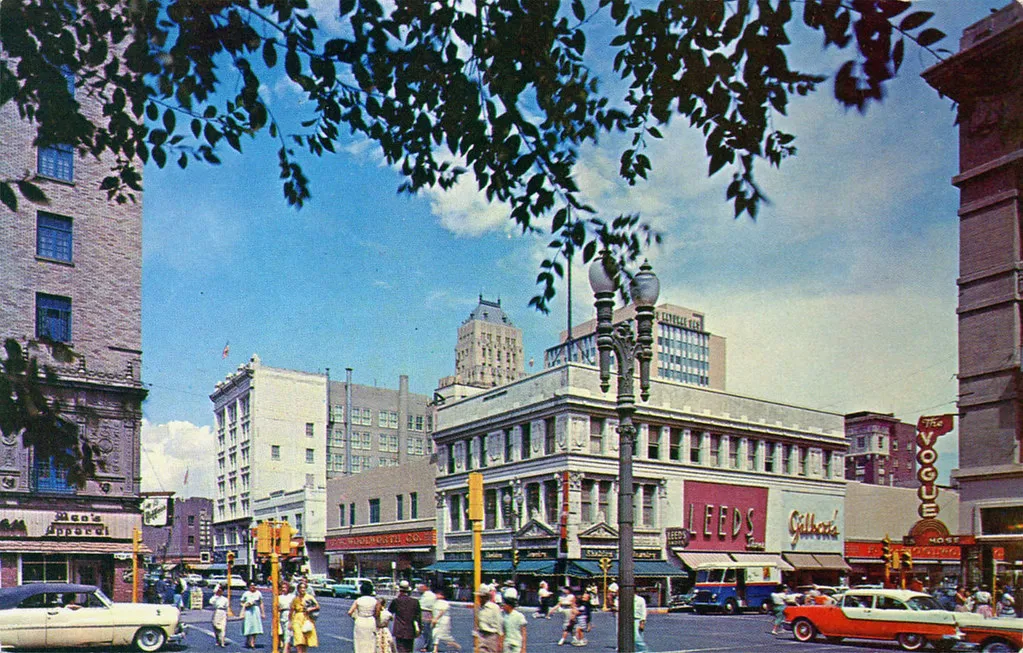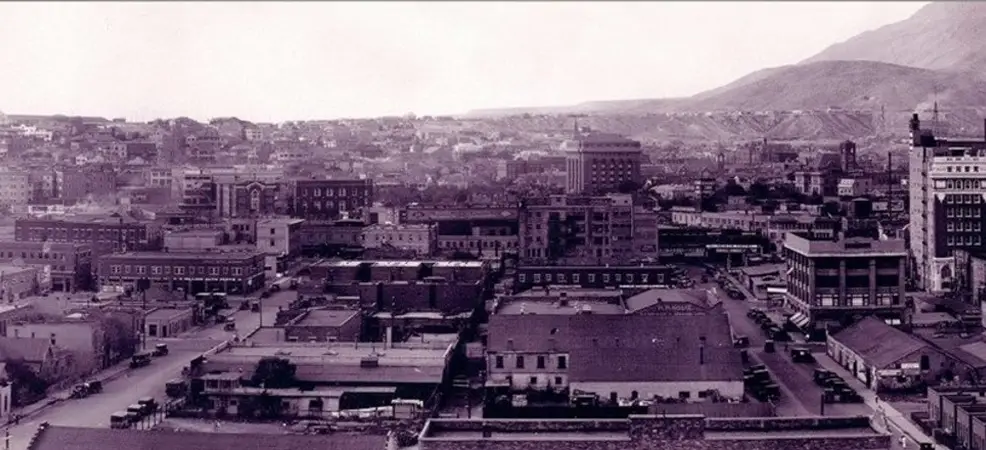History
Foundations of Union Plaza
Union Plaza’s history began in 1906 with the completion of the Union Depot, designed by the esteemed architect Daniel Burnham. This significant development set the stage for a district rich in architectural character, rooted in the early 20th century.

The Beginnings:
A Railroad Legacy
“Union Plaza’s Early Years and the Arrival of the Southern Pacific Railroad”
Union Plaza’s story begins with the expansion of the railroad in the late 19th century. The arrival of the Southern Pacific Railroad in 1881 transformed El Paso into a major transportation and commercial hub, with Union Plaza at its heart.
The Union Depot:
A Gateway to the World
“The Architectural Marvel of Daniel Burnham”
At the center of Union Plaza’s early growth was the Union Depot, built in 1905 by renowned architect Daniel Burnham. This station became a crucial point of entry for travelers and immigrants, connecting El Paso with Mexico and beyond.

20th Century Development: An Industrial Hub
“Union Plaza’s Evolution”
During the early and mid-20th century, Union Plaza thrived as an industrial and commercial center. However, as the railroad’s influence waned, the district faced decline, with many historic buildings falling into disrepair.

A New Era of Growth
The late 20th and early 21st centuries brought a wave of revitalization to Union Plaza. Efforts focused on preserving historic structures while creating a vibrant, mixed-use community.
A Crossroads of Heritage
Union Plaza is a living testament to El Paso's rich cultural heritage, showcasing a unique blend of architecture, cuisine, and community events as a gateway between the United States and Mexico.
A Vibrant Community Hub
Today, Union Plaza is a bustling center of activity, known for its nightlife, historic architecture, and community gatherings. It stands as a successful example of how a city can honor its past while embracing the future.
Architectural Heritage
The buildings that define Union Plaza, constructed between 1900 and 1920, reflect the craftsmanship and materials of their era. With brick as the predominant material, complemented by cut stone and cast iron, these structures include commercial façades, warehouses, tenements, and single-family homes. The diversity in materials and design creates a unique architectural landscape that still resonates today.

